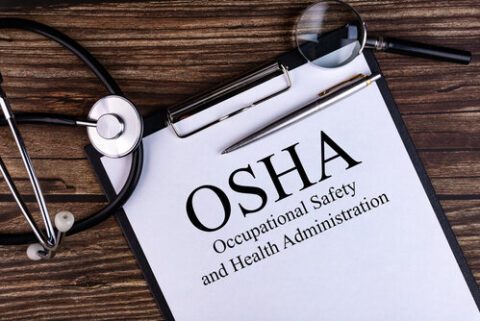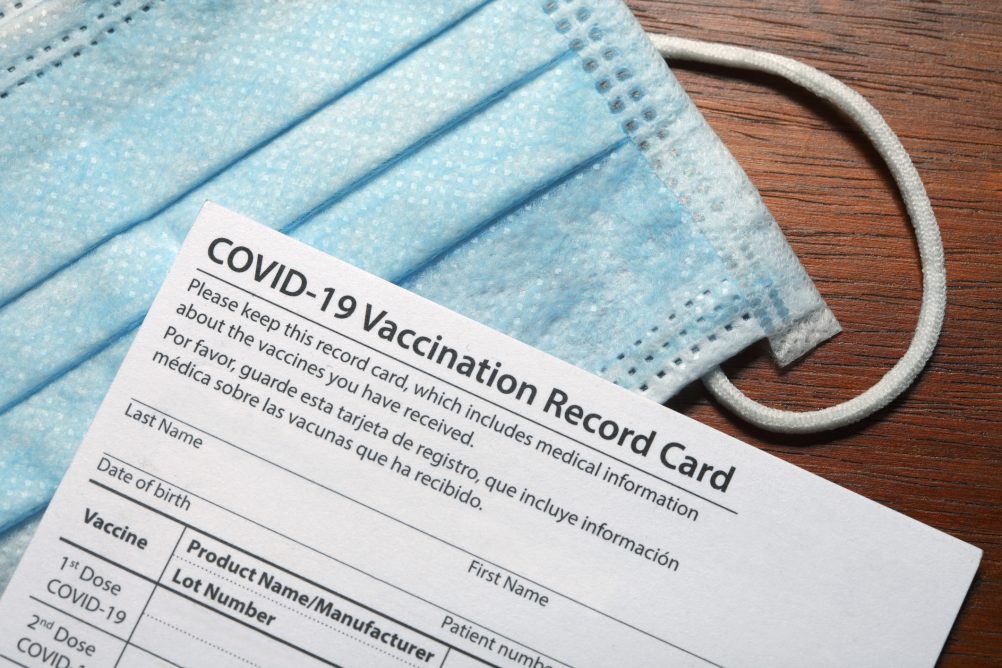
Not available: Isolate the patient in a private room.Ensure that the room air exhausts directly to unoccupied areas outside of the building (i.e., not into walkways, break areas, or other areas where workers or visitors could congregate or pass through), or passes through a high-efficiency particulate arrestance (HEPA) filter, if recirculated. Perform aerosol-generating procedures on patients with suspected or confirmed COVID-19 in an AIIR. Available: Place patients with suspected or confirmed COVID-19 in an AIIR if available at the healthcare facility.OSHA is addressing supply chain considerations, including respirator shortages, through enforcement flexibilities, as discussed in the Enforcement Memoranda section of the Standards page.


AIIRs are single-patient rooms with negative pressure that provide a minimum of 6 air exchanges (existing structures) or 12 air exchanges (new construction or renovation) per hour. This includes physical barriers or partitions in triage areas to guide patients, curtains separating patients in semi-private areas, and airborne infection isolation rooms (AIIRs) with proper ventilation. Use engineering controls to shield healthcare workers, patients, and visitors from individuals with suspected or confirmed COVID-19. See the Standards page for additional information on OSHA requirements. The CDC provides the most updated infection prevention and control recommendations for healthcare workers managing suspected or confirmed cases of COVID-19.Įmployers of healthcare workers are responsible for following applicable OSHA requirements, including OSHA's Bloodborne Pathogens (. Until more is known about how COVID-19 spreads, OSHA recommends using a combination of standard precautions, contact precautions, airborne precautions, and eye protection (e.g., goggles, face shields) to protect healthcare workers with exposure to the virus.

Entering a known or suspected COVID-19 patient’s room.Working at busy staff work areas within a healthcare facility.Providing care to the general public who are not known or suspected COVID-19 patients.Note: For activities in the lower (caution) risk category, OSHA's Interim Guidance for Workers and Employers of Workers at Lower Risk of Exposure may be most appropriate. Performing administrative duties in non-public areas of healthcare facilities, away from other staff members.


 0 kommentar(er)
0 kommentar(er)
